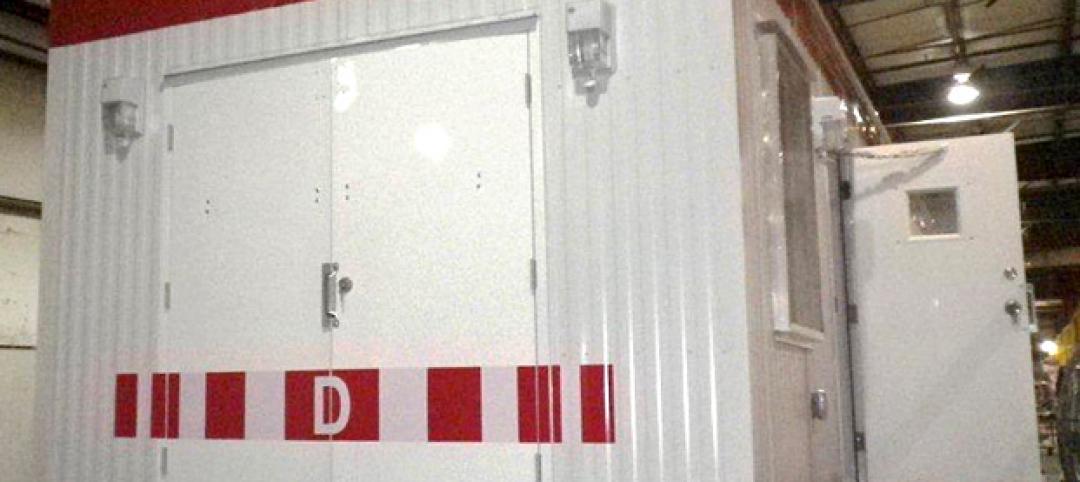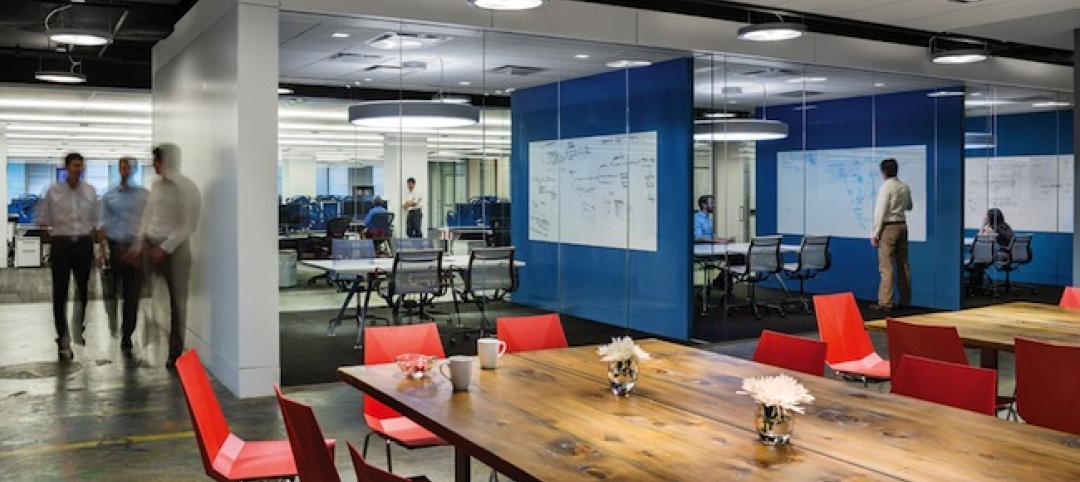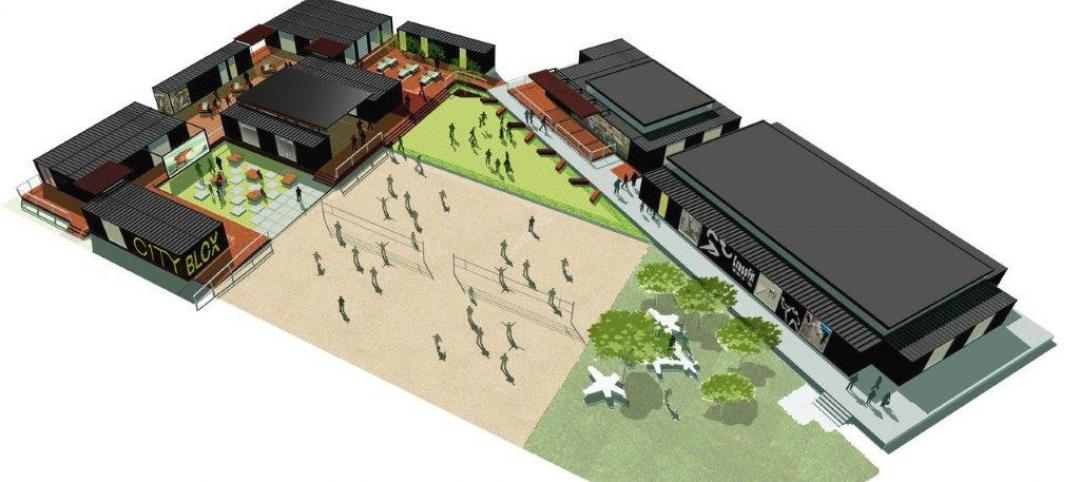Hotels in the U.S. surpassed five million available rooms for the first time last year. But supply, which is expected to grow by only 1.6% in 2016, at that rate would continue to lag demand, according to forecasts by STR, the research and benchmarking service provider.
This dilemma may account for the increased interest in modular construction among developers and property managers. The Modular Building Institute, in its “Permanent Modular Construction 2015 Annual Report,” based on data from 73 North American modular manufacturers, estimates that modular hotel construction in the U.S. increased by 31% and 25.7%, respectively, in the last two years, with the Southeast and South Central parts of the country seeing the most activity in that sector.
“Hotel brands and developers are finding compelling advantages to using the latest forms of modular construction for new projects, whether it’s implementing just bathroom ‘pods’ or pre-fabricating the entire guestroom,” stated a posting last May on Hotel News Now’s website. That post noted that, by way of example, Hilton Worldwide Holdings had recently teamed with modular provider CIMC to build a Hampton by Hilton at Bristol Airport in the United Kingdom, which CIMC owns and Hilton will manage. That was the first of an anticipated multiple-property push to use newer, comprehensive modular techniques where entire guestrooms are built in the factory, then shipped globally for new Hampton Inn and Hilton Garden Inn properties.
This summer, Boise, Idaho-based Guerdon Modular Buildings is scheduled to complete the last two of five multi-story buildings for The Canyons Lodge & Cabins, the latest hotel project at Yellowstone National Park in Wyoming. When those two buildings open, The Canyons will have 410 guest rooms. Guerdon’s modular technology is allowing The Canyons to meet seasonal challenges, reduce its labor costs and room noise, and achieve LEED Silver certification.
Xanterra Parks & Resorts, owned by billionaire entrepreneur Philip Anschutz, is the nation’s largest park concessions management company. It is in the midst of a 20-year, $134 million contract to rebuild and renovate lodging facilities at Yellowstone, America’s oldest national park. The Canyons project accounts for about $90 million of that contract, according to the Great Falls Tribune.
Xanterra selected Guerdon to rebuild The Canyons, which was the first modular project of this size that Xanterra had commissioned, according to Rick Hoeninghausen, Xanterra’s director of sales and marketing at Yellowstone.
The original cabins at Canyon Lodge, which were built in the 1950s and 1960s, were torn down, and Guerdon started this project in the spring of 2014.
The Canyons consists of 250 53-foot-long modules, about 50 modules per lodge. Each building will have between 73 and 87 rooms. On site, Guerdon is partnering with Martel Construction as its GC. The first three buildings were assembled in six months, compared to the 30 months it would have taken with stick-built construction, according to Mia Bell, Xanterra’s assistant general manager at Yellowstone.
Guerdon’s CEO Lad Dawson tells BD+C that his company has begun working with “a large hotel chain” (Marriott International, according to a knowledgeable source) “to help them in an initiative to build 1,000 modular hotel rooms per year.” Dawson adds that later this year Guerdon will announce other branded hotel projects, about which he didn’t disclose details.
 The first three buildings for The Canyons were assembled in only six months, compared to the 30 months stick-built construction would have taken. When its five buildings are completed this summer, The Canyons will have a total of 410 rooms. Image courtesy of Guerdon Modular Buildings.
The first three buildings for The Canyons were assembled in only six months, compared to the 30 months stick-built construction would have taken. When its five buildings are completed this summer, The Canyons will have a total of 410 rooms. Image courtesy of Guerdon Modular Buildings.
Related Stories
Sponsored | | Jan 26, 2015
Modular space showcase: Powerful space solutions for Ontario’s energy future
Having access to the right workspace is important, regardless of location. A comfortable, efficient and attractive workspace can make all the difference for workers. For Hydro One Networks, an electricity transmission and distribution company based in Ontario, establishing well-equipped field offices in various remote locations was essential to success.
Modular Building | Jan 21, 2015
Chinese company 3D prints six-story multifamily building
The building components were prefabricated piece by piece using a printer that is 7 meters tall, 10 meters wide, and 40 meters long.
| Jan 2, 2015
Construction put in place enjoyed healthy gains in 2014
Construction consultant FMI foresees—with some caveats—continuing growth in the office, lodging, and manufacturing sectors. But funding uncertainties raise red flags in education and healthcare.
| Dec 29, 2014
New mobile unit takes the worry out of equipment sterilization during healthcare construction [BD+C's 2014 Great Solutions Report]
Infection control, a constant worry for hospital administrators and clinical staffs, is heightened when the hospital is undergoing a major construction project. Mobile Sterilization Solutions, a mobile sterile-processing department, is designed to simplify the task. The technology was named a 2014 Great Solution by the editors of Building Design+Construction.
| Dec 28, 2014
Robots, drones, and printed buildings: The promise of automated construction
Building Teams across the globe are employing advanced robotics to simplify what is inherently a complex, messy process—construction.
| Dec 28, 2014
AIA course: Enhancing interior comfort while improving overall building efficacy
Providing more comfortable conditions to building occupants has become a top priority in today’s interior designs. This course is worth 1.0 AIA LU/HSW.
| Dec 28, 2014
Workplace design trends: Make way for the Millennials
Driven by changing work styles, mobile technology, and the growing presence of Millennials, today’s workplaces are changing, mostly for the better. We examine the top office design trends.
Sponsored | | Dec 22, 2014
Harnessing the power of wind energy
Wind is generating a great deal of attention these days. I’m talking about wind power that occurs naturally in the atmosphere that is then converted into mechanical energy and then into electricity. SPONSORED CONTENT
Sponsored | | Dec 16, 2014
Deconstructing 2014
With 2014 coming to a close, we decided to take a look back at the year in construction. SPONSORED CONTENT
| Dec 2, 2014
Nashville planning retail district made from 21 shipping containers
OneC1TY, a healthcare- and technology-focused community under construction on 18.7 acres near Nashville, Tenn., will include a mini retail district made from 21 shipping containers, the first time in this market containers have been repurposed for such use.















